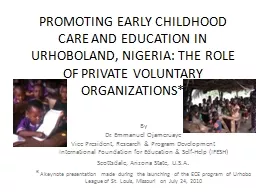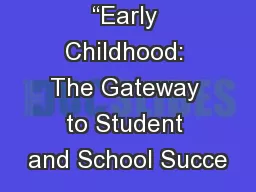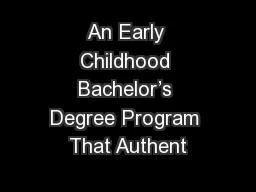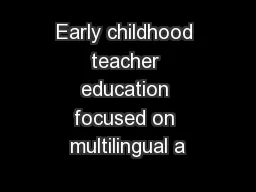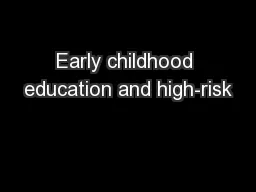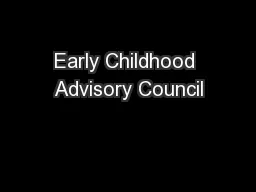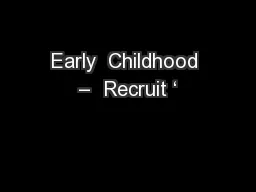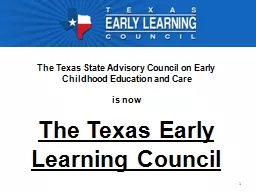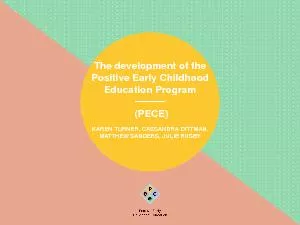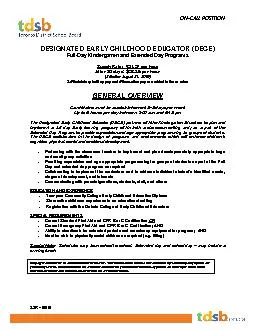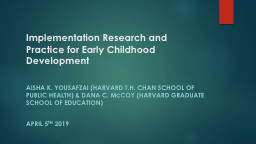PPT-PROMOTING EARLY CHILDHOOD CARE AND EDUCATION IN URHOBOLAND,
Author : lois-ondreau | Published Date : 2017-06-09
By Dr Emmanuel Ojameruaye Vice President Research amp Program Development International Foundation for Education amp SelfHelp IFESH Scottsdale Arizona State USA
Presentation Embed Code
Download Presentation
Download Presentation The PPT/PDF document "PROMOTING EARLY CHILDHOOD CARE AND EDUCA..." is the property of its rightful owner. Permission is granted to download and print the materials on this website for personal, non-commercial use only, and to display it on your personal computer provided you do not modify the materials and that you retain all copyright notices contained in the materials. By downloading content from our website, you accept the terms of this agreement.
PROMOTING EARLY CHILDHOOD CARE AND EDUCATION IN URHOBOLAND,: Transcript
Download Rules Of Document
"PROMOTING EARLY CHILDHOOD CARE AND EDUCATION IN URHOBOLAND,"The content belongs to its owner. You may download and print it for personal use, without modification, and keep all copyright notices. By downloading, you agree to these terms.
Related Documents

